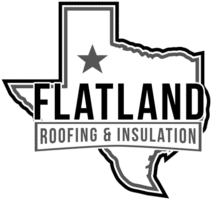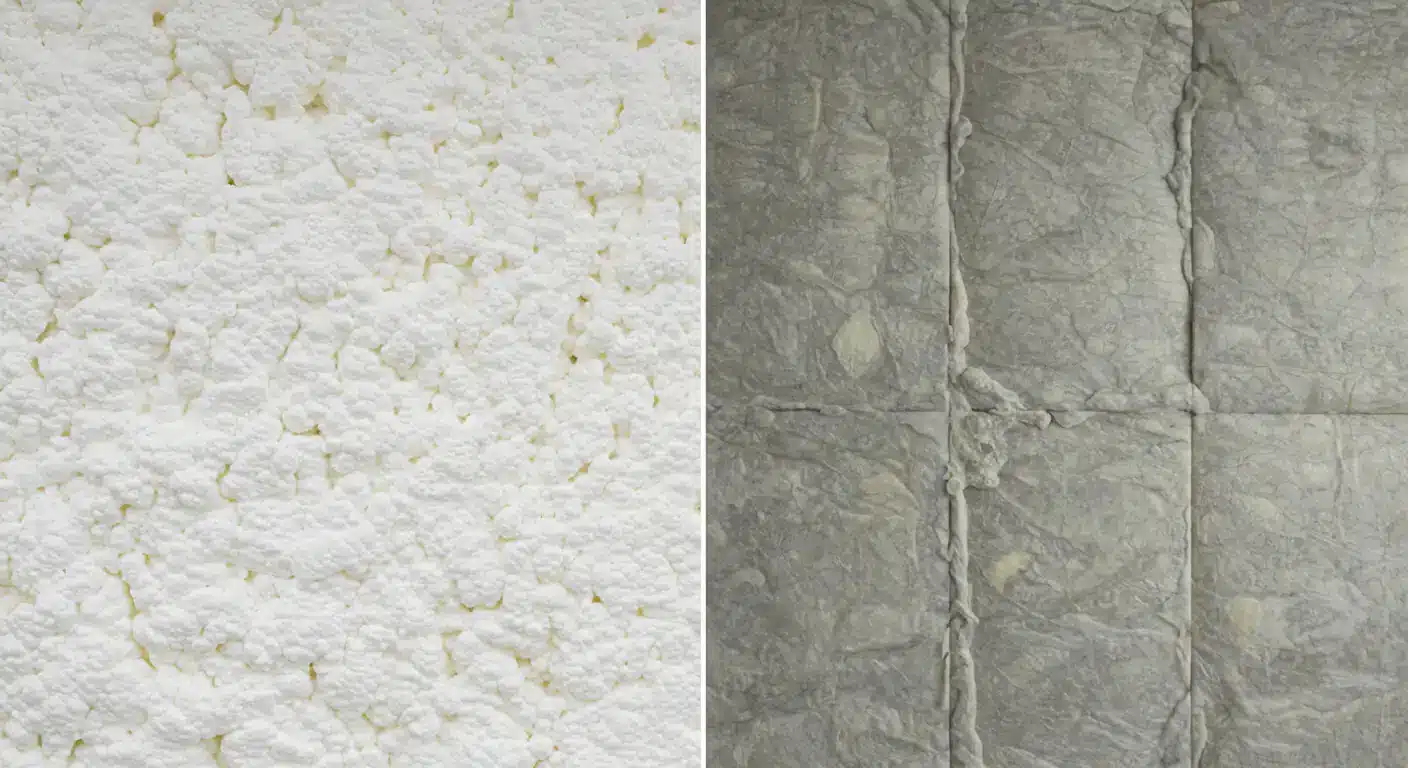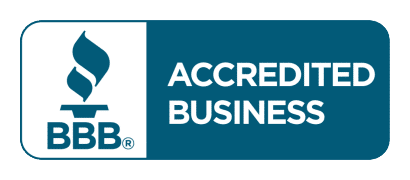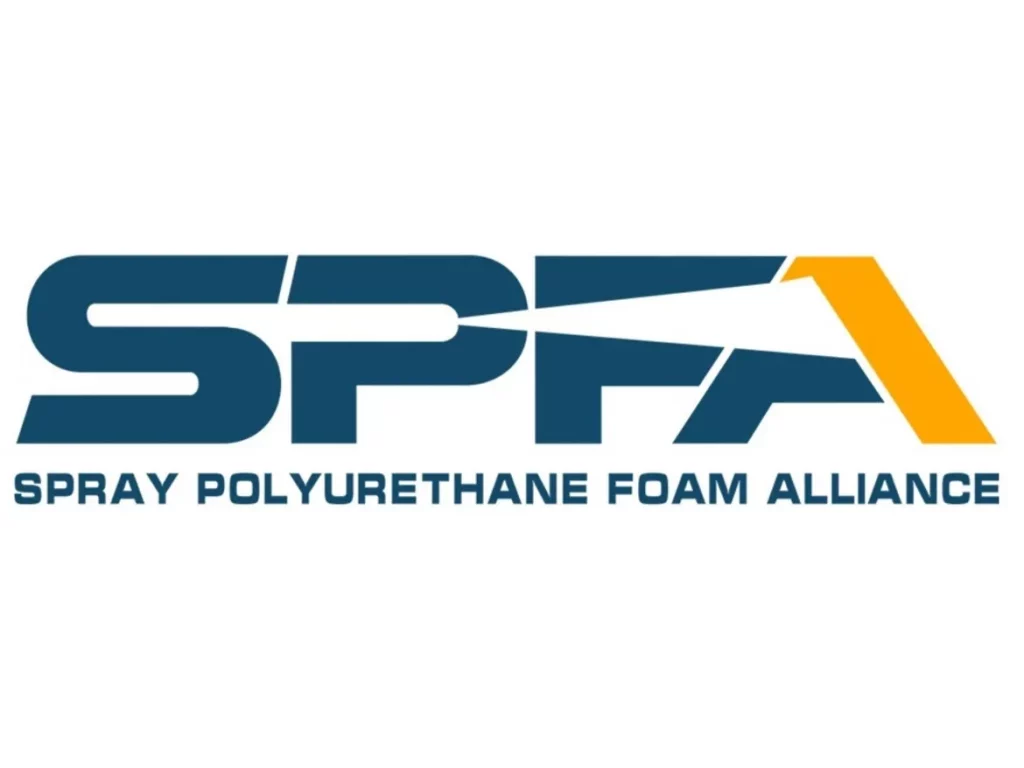Choosing the right insulation for a home in Carson County impacts energy efficiency, indoor comfort, and long-term maintenance costs. Homeowners often compare spray foam with traditional insulation materials like fiberglass and cellulose to determine the best option for their needs. Each type has advantages and drawbacks, making it important to evaluate factors such as cost, effectiveness, and longevity.
Understanding Insulation Types
Spray Foam Insulation
Spray foam is a polyurethane-based insulation that expands upon application, sealing gaps and providing high thermal resistance. It comes in two forms:
- Open-cell spray foam: Lighter and more flexible, with a lower R-value but excellent soundproofing properties.
- Closed-cell spray foam: Denser, offering a higher R-value and improved moisture resistance.
Traditional Insulation Options
- Fiberglass Batts and Rolls: Commonly used in walls, attics, and crawl spaces, fiberglass insulation is cost-effective and widely available.
- Blown-In Cellulose: Made from recycled paper, this insulation provides good thermal performance and fits well into irregular spaces.
- Rigid Foam Boards: Typically used for basements and exterior walls, these boards offer a high R-value per inch but require precise installation.
Comparing Performance and Efficiency
Thermal Resistance (R-Value)
The R-value measures how well insulation resists heat flow. Higher values indicate better insulation performance.
| Insulation Type | Approximate R-Value per Inch |
|---|---|
| Open-Cell Spray Foam | 3.5 – 4.0 |
| Closed-Cell Spray Foam | 6.0 – 7.0 |
| Fiberglass Batts | 2.9 – 3.8 |
| Blown-In Cellulose | 3.1 – 3.8 |
| Rigid Foam Board | 4.0 – 6.5 |
Closed-cell spray foam provides the highest R-value, making it one of the most effective insulation materials available.
Air Sealing and Moisture Control
Spray foam expands to fill gaps, creating an air-tight barrier that prevents drafts and reduces energy loss. Traditional insulation, while effective, often requires additional sealing measures such as caulking or vapor barriers to achieve similar results.
Closed-cell spray foam also resists moisture, reducing the risk of mold and mildew growth. Fiberglass and cellulose, in contrast, can absorb moisture and degrade over time.
Longevity and Maintenance
- Spray Foam: Durable and resistant to settling, spray foam can last over 30 years with minimal maintenance.
- Fiberglass: Prone to sagging and compression, reducing effectiveness over time.
- Cellulose: May settle, requiring periodic replenishment to maintain insulation levels.
- Rigid Foam: Long-lasting but requires careful installation to prevent gaps.
Cost Considerations
Initial installation costs for spray foam insulation are higher than traditional options. However, energy savings over time often offset the upfront investment.
| Insulation Type | Average Cost per Square Foot (Installed) |
|---|---|
| Open-Cell Spray Foam | $0.50 – $1.50 |
| Closed-Cell Spray Foam | $1.00 – $2.50 |
| Fiberglass Batts | $0.40 – $1.00 |
| Blown-In Cellulose | $0.60 – $1.20 |
| Rigid Foam Board | $1.00 – $2.00 |
Environmental Impact
Spray foam contains chemicals that require careful handling during installation. However, its high efficiency can reduce overall energy consumption. Fiberglass and cellulose use recycled materials, making them more environmentally friendly in terms of raw material sourcing.
Which Insulation is Best for Carson County Homes?
Climate, home design, and budget influence insulation choices. Carson County experiences temperature extremes, making high-performance insulation crucial for energy savings.
- Best for Maximum Efficiency: Closed-cell spray foam
- Best for Affordability: Fiberglass batts or blown-in cellulose
- Best for Moisture Resistance: Closed-cell spray foam or rigid foam boards
Professional Installation for Lasting Results
Proper installation significantly affects insulation performance. Flatland Roofing & Insulation provides expert guidance and installation services for homeowners in Carson County, ensuring the right materials and techniques for each home.
FAQs
How much can spray foam insulation reduce energy bills?
Spray foam can cut energy costs by 20-50% depending on home size, HVAC efficiency, and insulation coverage.
Is spray foam insulation safe for homes?
Once cured, spray foam is safe. However, professional installation is required to prevent exposure to harmful fumes during application.
Can I install spray foam insulation myself?
DIY spray foam kits exist, but professional installation ensures proper expansion, air sealing, and safety compliance.
Does fiberglass insulation lose effectiveness over time?
Fiberglass can sag and degrade, reducing its insulating ability. Periodic checks and additional layers can help maintain efficiency.
What is the best insulation for attics in Carson County?
Closed-cell spray foam provides superior performance, but blown-in cellulose or fiberglass batts offer a cost-effective alternative.
How does insulation impact home resale value?
Well-insulated homes often have higher resale values due to improved energy efficiency and comfort.
Does spray foam insulation attract pests?
Spray foam does not provide a food source for pests, unlike cellulose insulation, which contains organic materials.
How long does spray foam insulation take to cure?
Most spray foam products fully cure within 24 hours, after which they are safe for occupancy.
What R-value is recommended for homes in Carson County?
For attics, an R-value of R-38 to R-60 is ideal. Walls typically require R-13 to R-21, depending on construction type.
Can I mix different insulation types in my home?
Yes, combining materials (e.g., spray foam and fiberglass) can optimize performance and reduce costs.
For professional advice and insulation services in Carson County, contact Flatland Roofing & Insulation at (806) 606-6794 or email [email protected].

